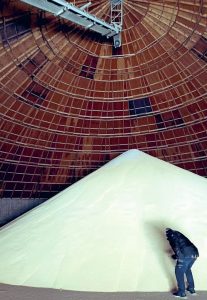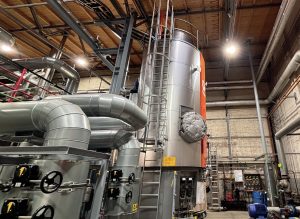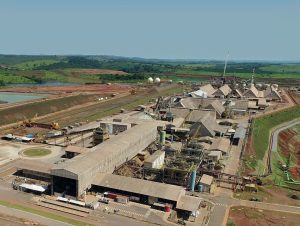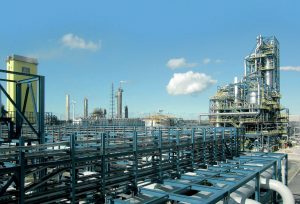
Sulphur fertilizers – the processes, the products
Mark Brouwer of UreaKnowHow.com reviews the main production options for incorporating sulphur into urea

Mark Brouwer of UreaKnowHow.com reviews the main production options for incorporating sulphur into urea

For the first time, K+S is offering farmers low-carbon potash and magnesium fertilizers.

Fertilizer International talks with Jakob Liedberg, the CEO of innovative potassium sulphate producer Cinis Fertilizer.

De-bottlenecking is a profitable path for potash producers, as RHEWUM's Tountzer Ramadan and Alexander Krasovsky explain.

PuraLoop is a new fertilizer created from recycled phosphorus. ICL’s Patricia Imas and Lucas van der Saag highlight its main benefits.

We compare and contrast the 2024 financial performance of selected major fertilizer producers following the publication of fourth quarter results.

CRU’s Humphrey Knight visits EuroChem’s newly opened Serra do Salitre phosphate fertilizer complex in southern Brazil.

In this CRU Insight, Halima Abu Ali and Charlie Stephen look at what changes to the EU’s carbon taxation regime will mean for the fertilizer industry.

Revamps are performed to deliver production improvements at existing urea plants.

CRU will convene the 2025 Phosphates+Potash Expoconference in Orlando, Florida, 31 March – 2 April.